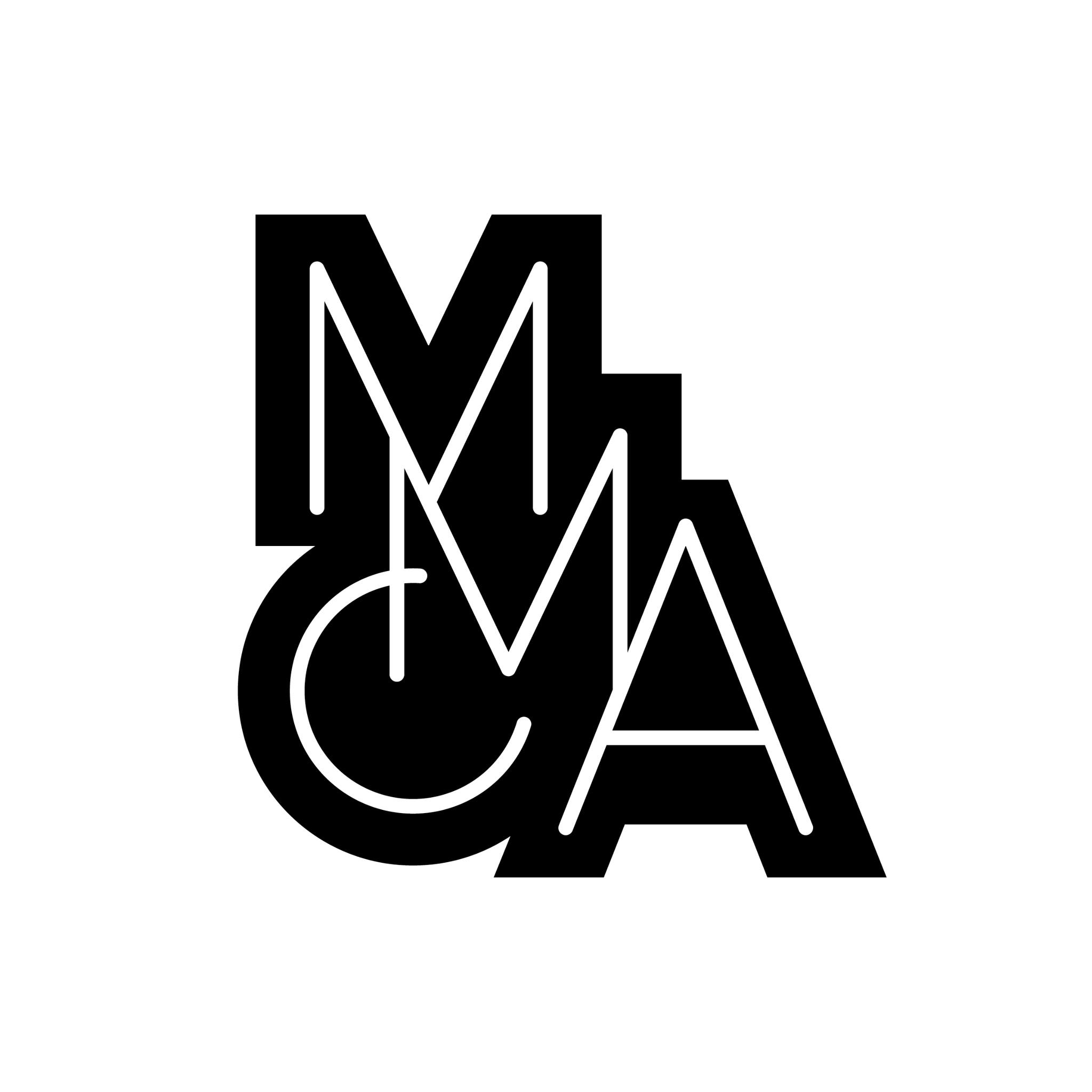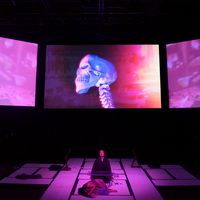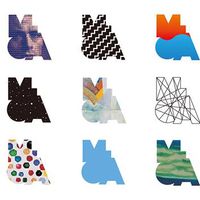National Museum of Modern and Contemporary Art Korea

Since opening its doors in 1969, the National Museum of Modern and Contemporary Art (MMCA) Korea has shared its history with that of Korea’s modern and contemporary art and has become one of the most iconic cultural spaces in the nation.
The museum has been devoted to its function as a national art institution by collecting, conserving, exhibiting and researching artworks and materials, and improving art and cultural awareness through international exchanges, education and promotion of artistic activities.
There are four museums – in Gwacheon (opened in 1986), Deoksugung (opened in 1998), Seoul (opened in 2013), and Cheongju (opened in 2018), which each have unique focuses. For instance, MMCA Deoksugung places priority on early modern Korean art, expanding its coverage to calligraphy and literature, and MMCA Seoul represents Korea’s modern art and features an integration of contemporary art. While MMCA Gwacheon focuses on art research and family activities, covering the breadth of art history from architecture to crafts, prints, and design and offering children’s programs, MMCA Cheongju has established a system of storage, research, conservation, and exhibition that comprises the life cycle of collections.
Through its various locations, MMCA intends to function as a cultural platform that encourages communication and cross-pollination of contemporary art with other various disciplines of art, science, and humanities.
Similar content
posted on
07 Mar 2012
deadline
30 Sep 2016
from - to
28 Sep 2018 - 03 Oct 2018
deadline
15 Apr 2015
deadline
15 Apr 2018





